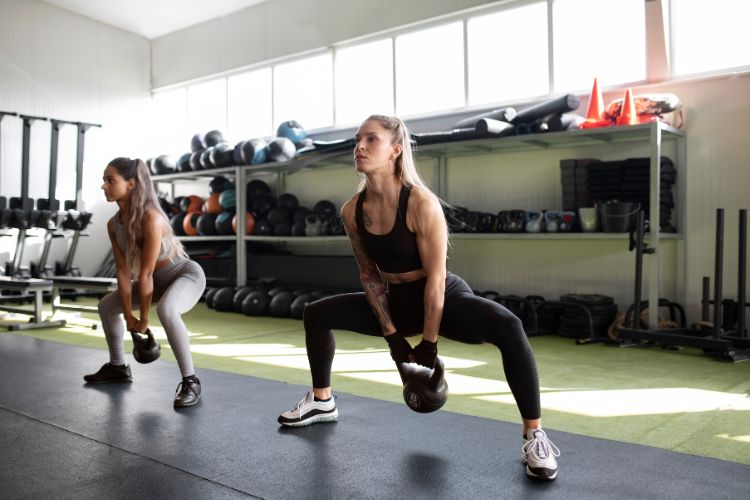Sign up for workout ideas, training advice, reviews of the latest gear and more.






Muscle endurance is a key element of overall physical fitness and well-being, particularly for women. It is a significant aspect of functional strength, which aids in performing everyday tasks more efficiently. This article aims to shed light on the importance of muscle endurance training for women and guide you through the steps towards enhancing this pivotal fitness component.
Muscle endurance refers to the ability of a muscle, or a group of muscles, to sustain repeated contractions against a resistance for an extended period. It comes into play when you’re doing multiple repetitions during weight training or even during prolonged aerobic activities like cycling, swimming, or running.
For women, improved muscle endurance can have a multitude of benefits beyond increased strength. It enhances one’s posture, reduces the risk of injuries, and improves balance and stability. It can also be instrumental in preventing osteoporosis—a condition women are more prone to—by enhancing bone density.
Many women shy away from muscle endurance training due to the false notion that it leads to excessive muscle bulk. This myth arises from a misunderstanding of how women’s bodies respond to strength training. Women naturally have less muscle tissue and produce lower levels of testosterone—a hormone that promotes muscle growth—than men. Hence, under normal conditions, women develop muscle tone and strength without the significant muscle size that comes with bodybuilding.
While muscle strength training focuses on lifting heavy weights for fewer repetitions, muscle endurance training involves lifting lighter weights for more repetitions.
Consider adopting a strength training program that involves doing 12 to 20 repetitions of an exercise in a set, with lighter weights. This approach not only builds muscle endurance but also encourages muscular tone and definition, which many women prefer.
Here are some fundamental elements you can incorporate into your muscle endurance training:
Compound exercises: These are exercises that engage multiple muscle groups at the same time. Examples include squats, lunges, push-ups, and pull-ups. They help increase overall body strength and endurance more efficiently than isolation exercises.
Circuit Training: This involves performing a series of exercises in quick succession with minimal rest between each exercise. The diverse and fast-paced nature of circuit training makes it an effective way to build muscle endurance and cardiovascular fitness at the same time.
Functional Training: Functional training exercises mimic everyday movements, improving your ability to perform daily tasks. Examples include step-ups, kettlebell swings, and deadlifts.
Stretching and Flexibility Training: Regularly performing stretching exercises can improve your flexibility, reduce the risk of injury, and help your muscles recover faster.
Consistency is key. Just like any fitness routine, muscle endurance training requires consistency. Aim to train 2-3 times per week for the best results.
Prioritize Form Over Speed. Good form ensures you’re effectively targeting the right muscle groups and significantly reduces the risk of injuries.
Progressive Overload. Over time, gradually increase the resistance or number of repetitions to continue challenging your muscles and stimulate growth and endurance.
A balanced diet is an essential partner to your training regimen. Make sure to consume sufficient protein for muscle repair and recovery. Include complex carbohydrates for sustained energy throughout your workout, and don’t forget healthy fats, which play an essential role in hormone production.
Hydration is also crucial, particularly during prolonged endurance training sessions. Water regulates your body temperature and helps lubricate your joints, which can support longer and more comfortable workout sessions.
Muscle endurance training goes beyond just physical strength; it’s about empowering women to feel confident and capable in their bodies. It promotes overall health, aids in injury prevention, and even contributes to improved body image and mental health.
Embarking on a journey to enhance muscle endurance may seem challenging initially. Still, with the right training regimen, a balanced diet, and consistent efforts, you’ll see remarkable improvements not just in your physical capabilities but also in your overall wellness. Remember, every small step is a step closer to your goal. Embrace the journey to endurance and enjoy the empowerment it brings.
Stay up to date on the latest women’s health, fitness and lifestyle trends and tips.